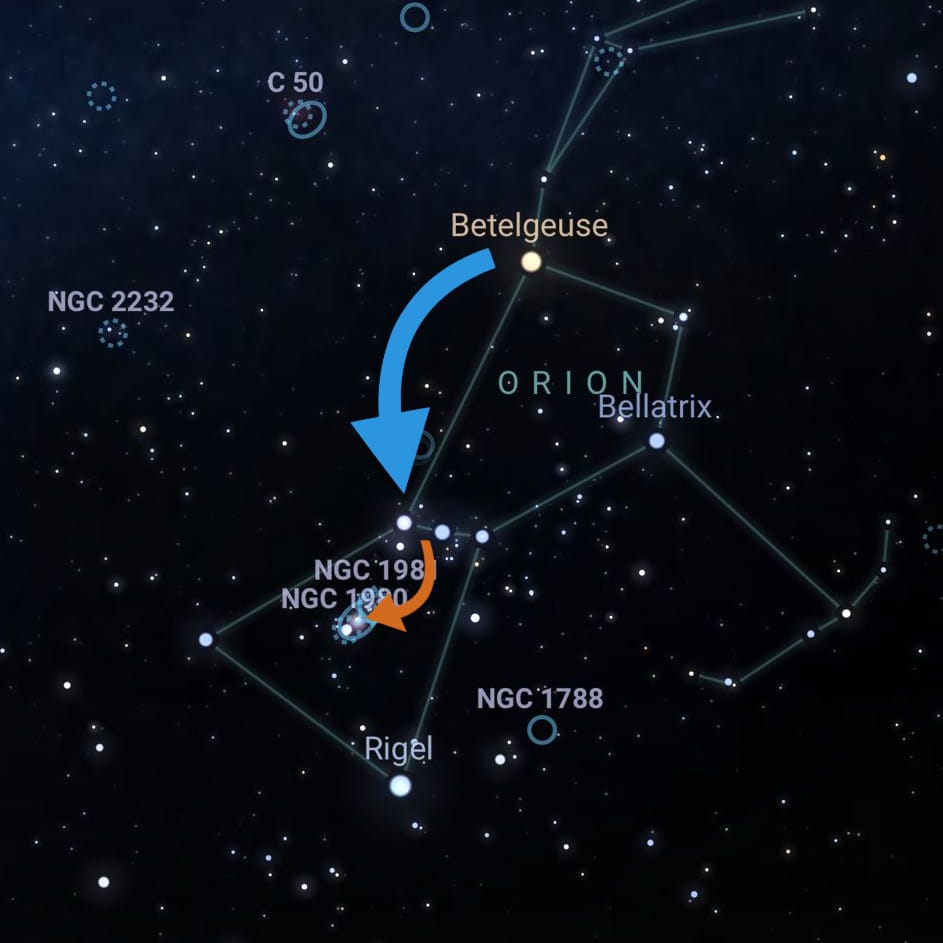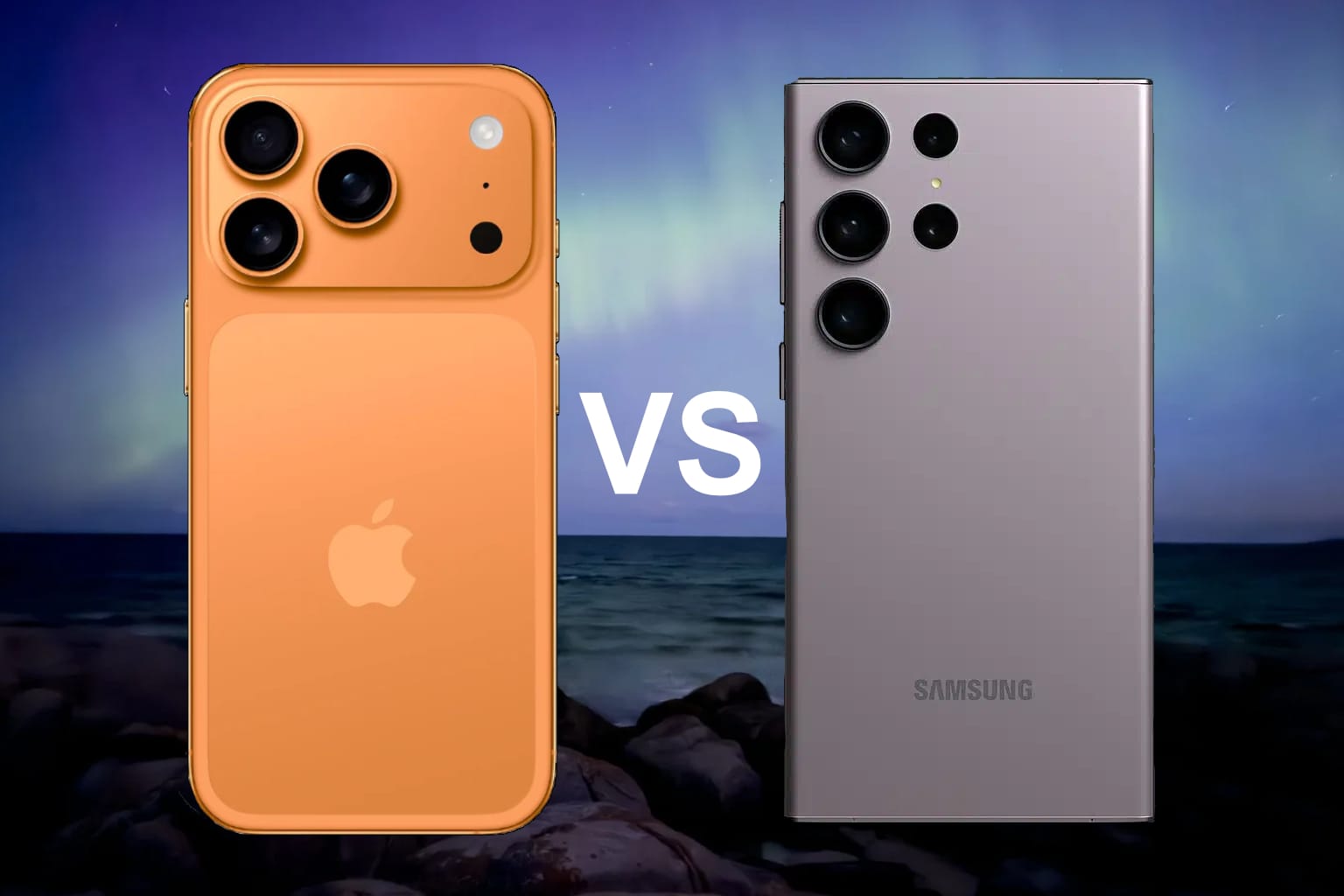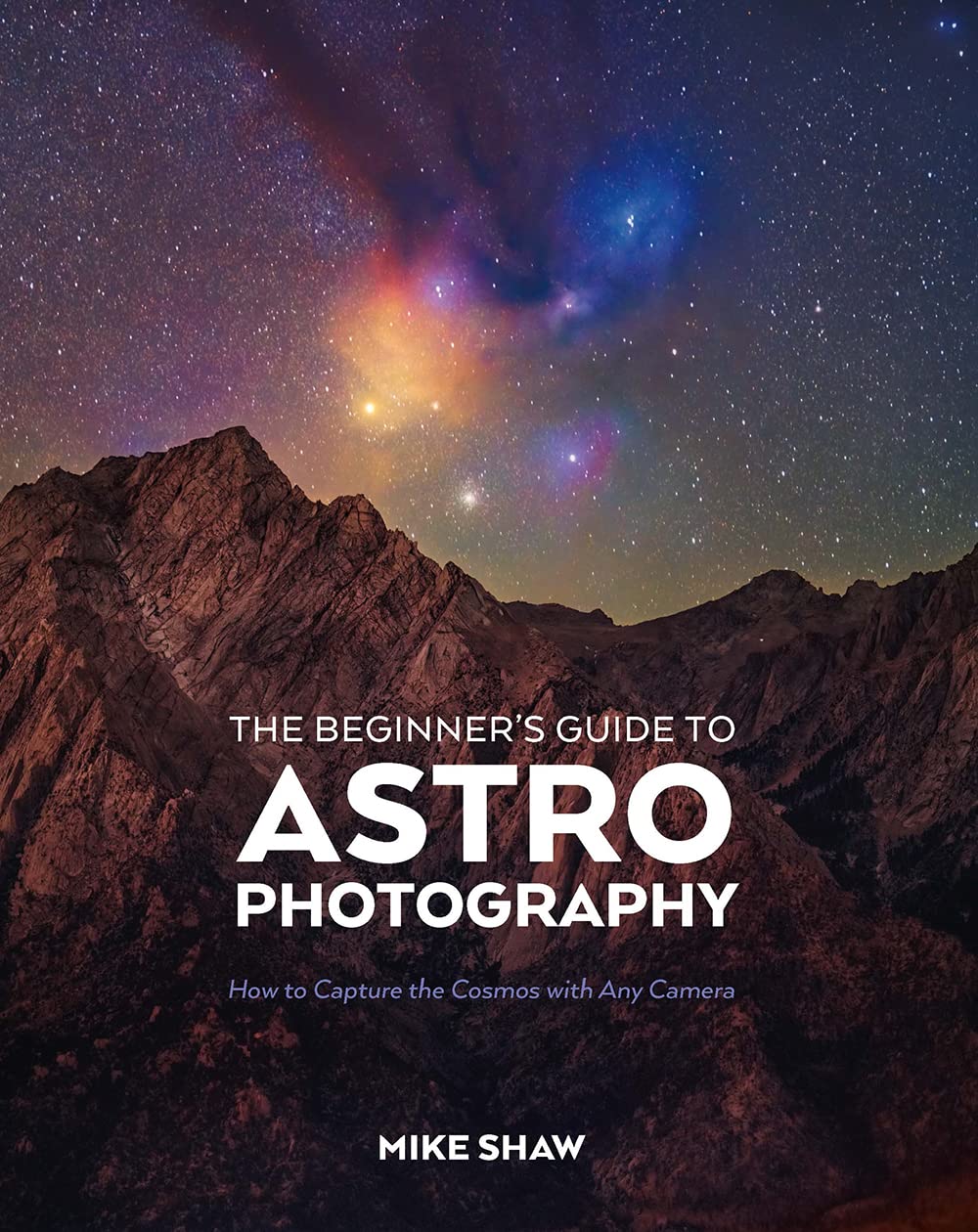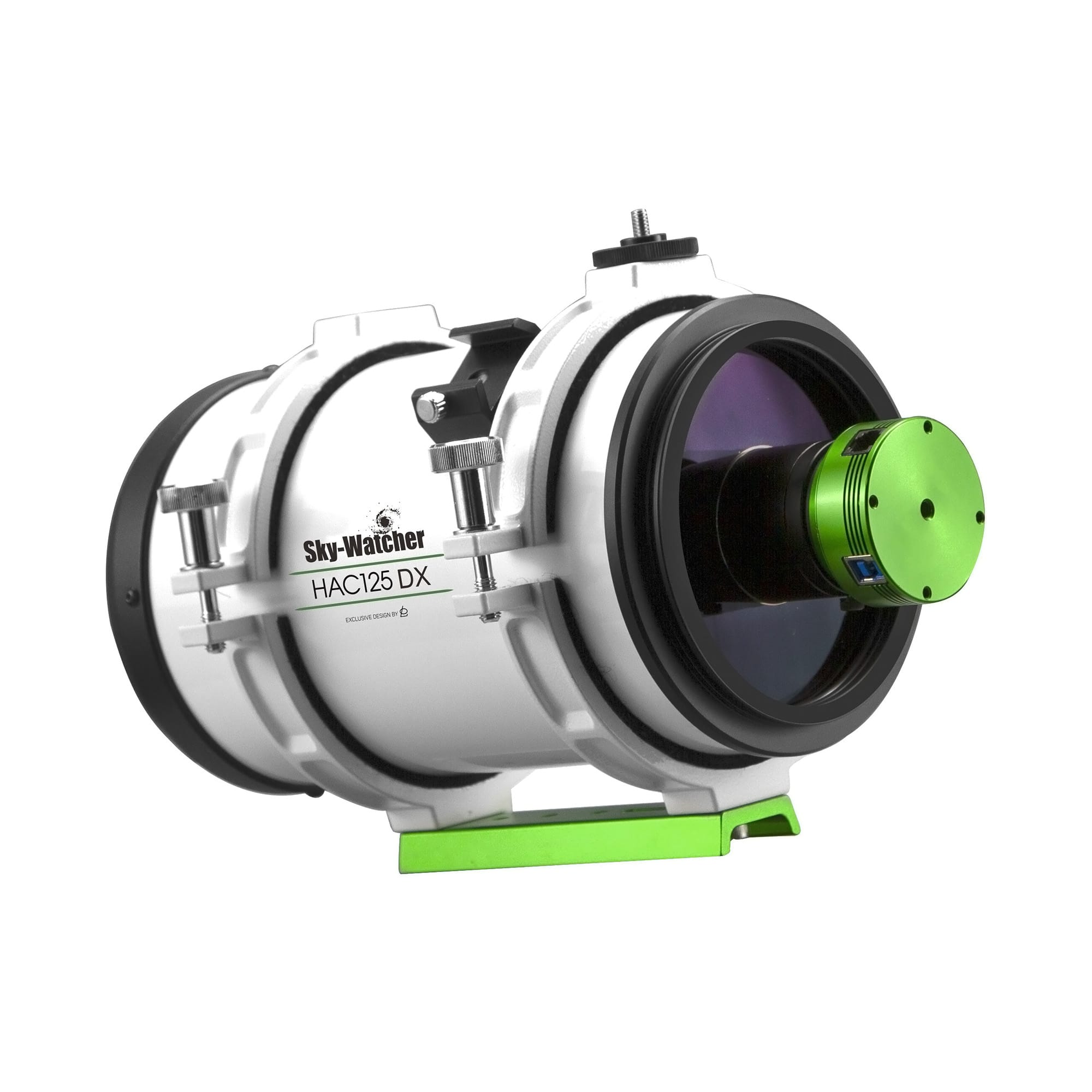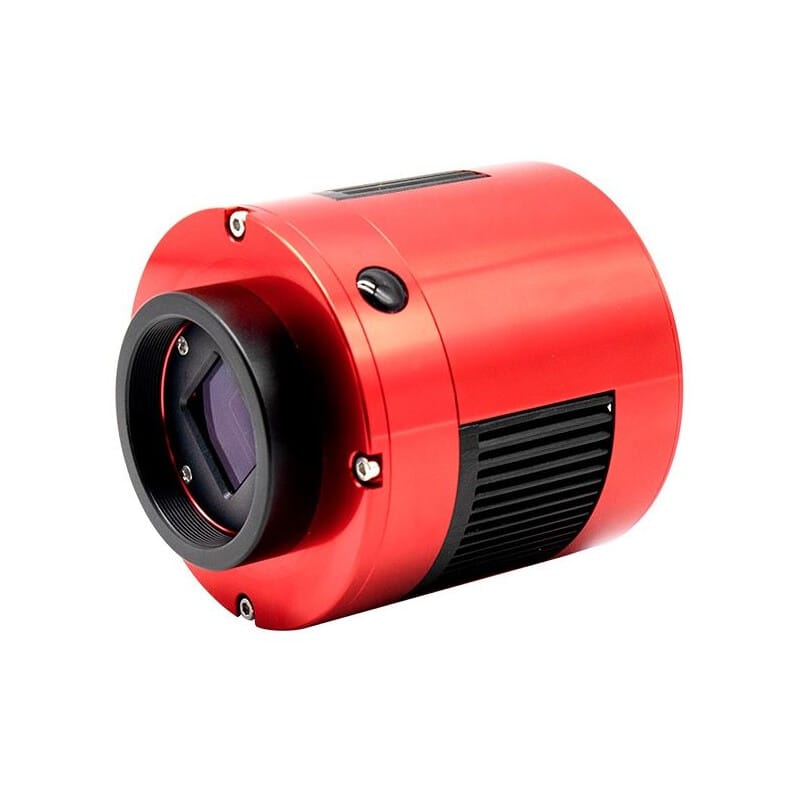One of the greatest challenges for new astronomers is learning how to navigate the night sky. Unlike bright planets or the Moon, deep-sky objects such as nebulae and galaxies can be tricky to locate without assistance. This is where star-hopping comes in—a simple but effective technique used by amateur astronomers to find celestial objects by using bright stars as stepping stones.
Why Star-Hopping?
Star-hopping is a fundamental skill that requires no expensive equipment—just your eyes, a good star chart or planetarium app, and patience. Unlike GoTo mounts or digital setting circles, this technique helps you build a deeper understanding of the night sky, making it easier to locate objects on your own over time.
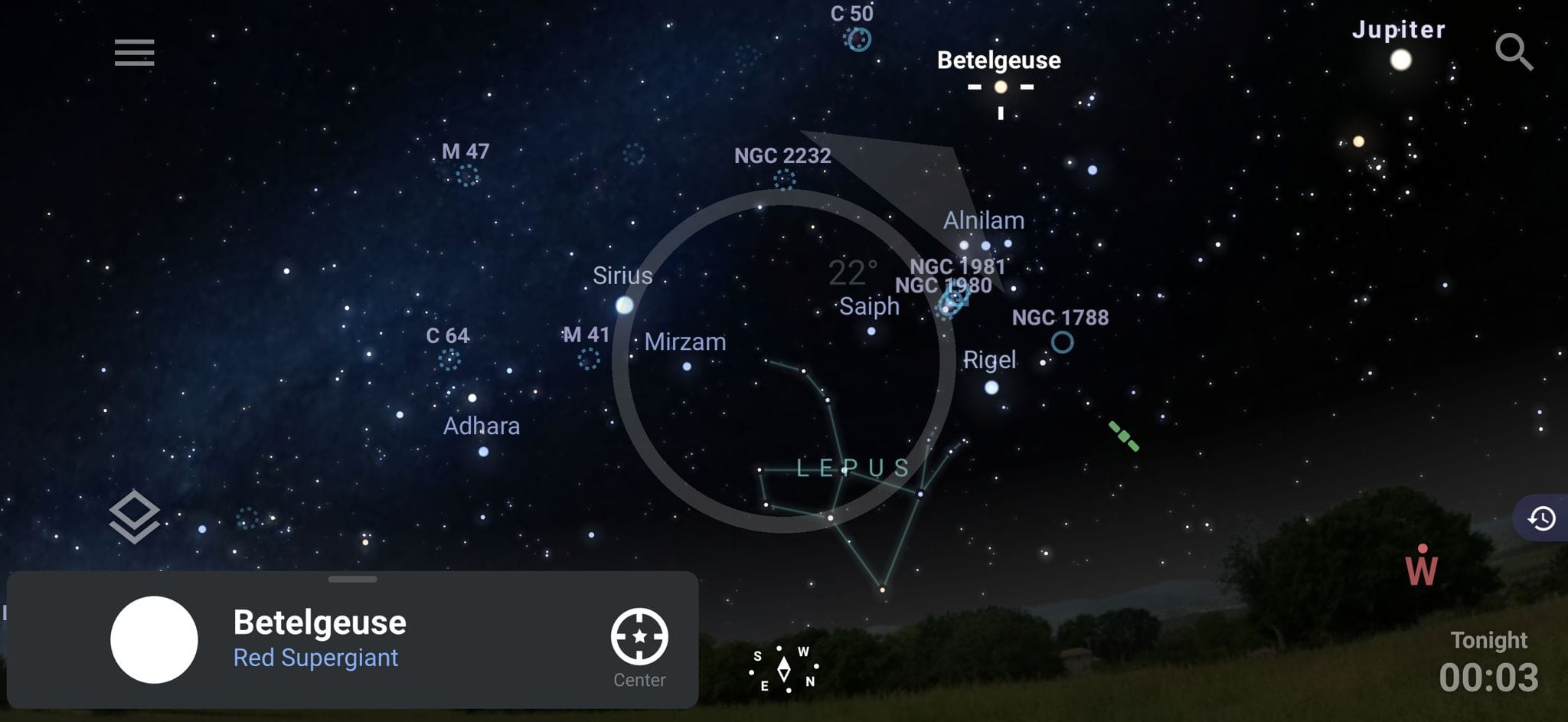
To assist in this process, I recommend Stellarium, a free planetarium app available on iPhone, Android, MacOS and Windows. It allows you to simulate the night sky from your location, making it easier to plan your star hops in advance. Additionally, mobile users and use the built-in gyroscope of your phone as a go-to option showing you where to look.
Step 1: Start with Your Naked Eye
Before using binoculars or a telescope, begin by familiarising yourself with major constellations and bright stars. These will serve as your reference points when locating deep-sky objects. Apps like Stellarium can overlay constellation lines, making it easier to learn their shapes.
Step 2: Choose a Bright Guide Star
For each deep-sky object you want to find, identify a nearby bright star. This star will act as the starting point for your star-hop. The brighter the star, the easier it will be to locate with the naked eye and through your instrument’s finder scope/binoculars.
Step 3: Hop to the Target
From your guide star, look for patterns of fainter stars that lead toward your target. Move incrementally, confirming your position using a star chart or app. With binoculars or a telescope, adjust your view carefully until you see the object you’re searching for.
Beginner-Friendly Star-Hopping Targets
To help you get started, here are five beginner-friendly targets that can be found using the star-hopping method:
1. The Moon
A fantastic first target that requires no hopping! The Moon is best observed when it’s in its crescent or quarter phase, as shadows along the terminator reveal detailed craters and mountains.
2. Planets (Jupiter, Saturn, and Mars)
While their positions change throughout the year, planets are among the easiest objects to find due to their brightness. Jupiter and its four largest moons, Saturn’s spectacular rings, and the reddish glow of Mars are excellent beginner targets.
3. The Orion Nebula (M42)
One of the most stunning nebulae in the sky, M42 is visible even in light-polluted areas. Start at the bright star Betelgeuse in Orion, then move downward to Orion’s Belt. Below the belt, you’ll find the bright glow of the Orion Nebula.
4. The Andromeda Galaxy (M31)
Our closest spiral galaxy is a great naked-eye target under dark skies. Begin at the bright star Alpheratz in the Great Square of Pegasus, then hop to the star Mirach and continue upwards until you see a faint, glowing patch—that’s the Andromeda Galaxy.
5. The Pleiades (M45)
This beautiful open star cluster is best viewed with binoculars. Look for the constellation Taurus and its bright star Aldebaran. The Pleiades appear as a small cluster of stars nearby and resemble a tiny dipper.
Final Thoughts
Star-hopping is a rewarding skill that deepens your connection with the night sky. By practising with your naked eye first, then progressing to binoculars or a telescope, you’ll gain confidence in finding deep sky objects on your own.
So grab a star chart, fire up Stellarium, and start hopping.

